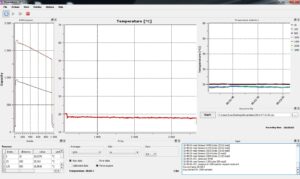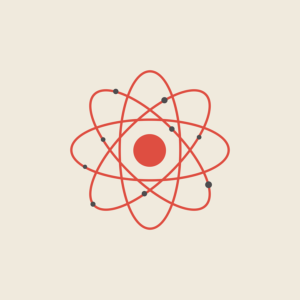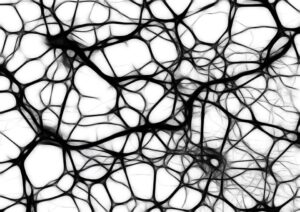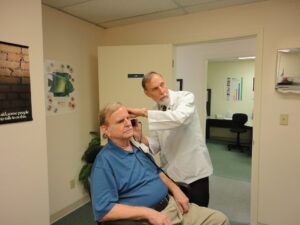 Today all modern industries include highly complex and sensitive operations that require permanent operational conditions that are possible to provide due to the use of advanced technologies for temperature measurement. One of the potential solutions is the use of fiber optic temperature sensors.
Today all modern industries include highly complex and sensitive operations that require permanent operational conditions that are possible to provide due to the use of advanced technologies for temperature measurement. One of the potential solutions is the use of fiber optic temperature sensors.
There are several ways of temperature measurement: classic mercury glass thermometer, infrared pyrometer, electronic thermometer. However, the most effective method is fiber temperature sensing because it provides accurate measurement compared to the mentioned techniques and has numerous fields of application such as high voltage machines, nuclear power plants, chemical power plants, etc.
The types of fiber temperature sensors include interferometric and non-interferometric sensors. The traditional non-interferometric sensor has multi-mode optical fiber construction and materials that are sensitive to temperature. Also, they are able to register changes, for example, absorption, transmission, and reflection parameters due to temperature variation.
The simple interferometric fiber optic temperature sensors are more flexible and provide the sensitivity of a higher level. The fields of the use include temperature, pressure, rotation, strain, etc. The principle of the operation is the comparison of the beam phase through sensing fiber with the reference beam.
The advantages of optical temperature sensors:
- Immunity to electromagnetic and stray radiation;
- Possibility of the use in hard electrical conditions;
- Greater accuracy and faster response time;
- Lightweight and compact size;
- Low cost;
- Wide temperature measurement range.
Nevertheless, fiber optic temperature sensors are not ideal and have some disadvantages such as different temperature ranges of operation and measurement accuracy for different types of sensors, the difficulties of development expensive price for some optical sensors.
Optromix is a fast-growing vendor of fiber Bragg grating (FBG) products line such as fiber Bragg grating sensors, FBG interrogators and multiplexers, Distributed Acoustic Sensing (DAS) systems, Distributed Temperature Sensing (DTS)systems. The company creates and supplies a broad variety of fiber optic solutions for monitoring worldwide. If you are interested in temperature measurement systems and want to learn more, please contact us at info@optromix.com





 A biocompatible and highly stretchable optical fiber made from hydrogel may be implanted in the body to deliver therapeutic pulses of light or light up at the first sign of disease. This hydrogel fiber was developed by researchers from MIT (Massachusetts Institute of Technology) and Harvard Medical School. Hydrogels have already shown significant potential in everything from wound dressings to soft robots, but until now their
A biocompatible and highly stretchable optical fiber made from hydrogel may be implanted in the body to deliver therapeutic pulses of light or light up at the first sign of disease. This hydrogel fiber was developed by researchers from MIT (Massachusetts Institute of Technology) and Harvard Medical School. Hydrogels have already shown significant potential in everything from wound dressings to soft robots, but until now their  Modern research allows creating more and more biocompatible and highly stretchable
Modern research allows creating more and more biocompatible and highly stretchable  Nowadays the production of optical fibers is robust and flexible enough to address an exciting new range of biomedical applications.
Nowadays the production of optical fibers is robust and flexible enough to address an exciting new range of biomedical applications.  Measurement of angular velocity is useful in many different applications, from missile navigation to motion control. There are three broad categories of possible sensors for angular velocity: Ring Laser Gyroscopes (RLG), Fiber Optic Gyroscopes (FOG), and MEMs-based Gyroscopes. The former two utilize the Sagnac effect to measure velocity and are much more sensitive compared to MEMs gyroscopes. A fiber optic gyroscope (FOG) is a device that senses changes in orientation using the Sagnac effect. Such a
Measurement of angular velocity is useful in many different applications, from missile navigation to motion control. There are three broad categories of possible sensors for angular velocity: Ring Laser Gyroscopes (RLG), Fiber Optic Gyroscopes (FOG), and MEMs-based Gyroscopes. The former two utilize the Sagnac effect to measure velocity and are much more sensitive compared to MEMs gyroscopes. A fiber optic gyroscope (FOG) is a device that senses changes in orientation using the Sagnac effect. Such a  The uses of
The uses of  Fiber optic products
Fiber optic products